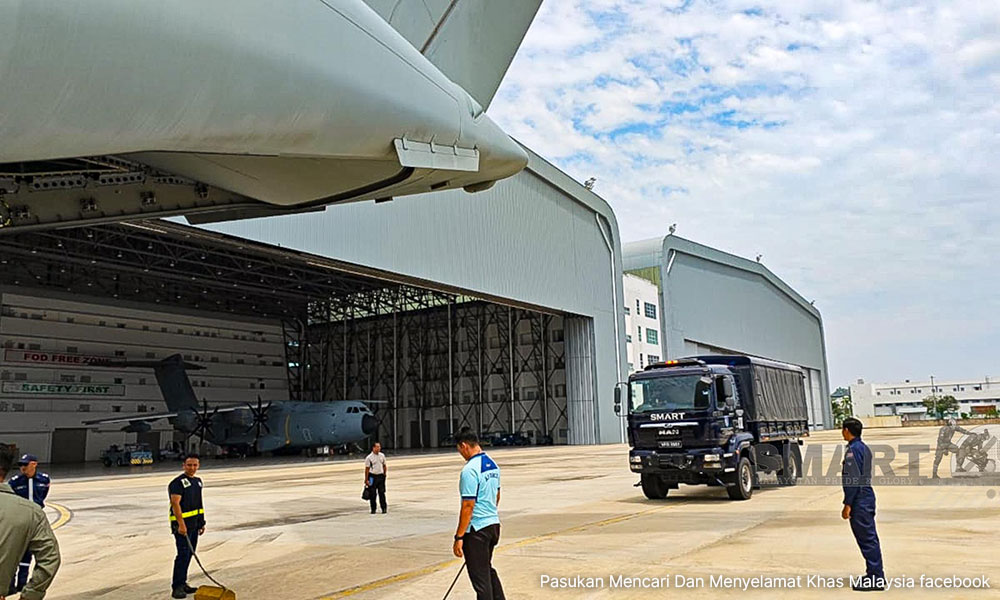Maduro Storyline Ignites Regional and Global Panic Pattern
GhostofBasedPatrickHenry: For those that may be new here, or otherwise unfamiliar with my research on both Nicolas Maduro and Colombian President Gustavo Petro, here is a 10 minute clip that provides a decent summary. So we have some interesting signal in the developments surrounding Venezuela in the wake of Maduro's "arrest" by President Trump. After dismissing the idea that regime darling Maria Corina Machado would be installed as the new leader, Trump expressed support for Venezuelan Vice President Delcy Rodriguez, telling reporters that she was "picked by Maduro.” Strange that Maduro's preference would be honored. Rodriguez decided to honor former Venezuelan President Hugo Chavez by being sworn in on top of his sarcophagus, which resides at a large monument in Caracas. She then followed it with a speech about Chavez, echoing rhetoric that Maduro (who once served under Chavez as his protege) often said, emphasizing that there was only one true president of Venezuela, and that is Nicolas Maduro. What is interesting is that, after searching through President Trump's Truth Social posts, I only found one instance of him ever referring to Maduro as "President Maduro" (despite posting about him countless times over the years,) and that was when he announced his arrest. It is rather strange how much respect and dignity is being given to Maduro in spite of everything else happening and the overarching narrative. It's almost like Trump and Delcy Rodriguez's rhetoric is identical. Then there is this little factoid: Eric Prince of Blackwater went to Venezuela and met with Delcy Rodriguez six years ago. Many analysts are [wrongly] pointing to this as the moment that Rodriguez betrayed Maduro. The fallout from Maduro's arrest has been interesting. It appears the move has turned him into a folk hero in South America and throughout the world, as he has become the symbol of defiance against American imperialism. Maduro's son is now giving speeches at large rallies being held in Venezuela, claiming that the Deep State's plan was to start a civil war in Venezuela in order to destabilize the Maduro government. The comment invokes memories of Syria, and how the operation against Assad was initially conducted. It certainly would fit a pattern that the Deep State likes to use to remove popular foreign leaders. What if the Maduro "arrest" subverted the civil war plot? Now Trump is promising to turn his crosshairs on Colombian President Gustavo Petro— whom I have demonstrated in the video above is at the tip of the spear of the war against the cartels. Yet Trump insists that Petro is a cartel drug lord, just like he accused Maduro of being. In a very cartoonish moment, Trump said Petro better "watch his ass." Petro is now vowing to fight the American imperialists, as he rallies Colombians in defense of their country. He called Trump a coward, saying, "Come and get me," in a moment that felt like a professional wrestling soap opera. It is also worth noting that Petro held a rally after Maduro's arrest, where he said that "a clan of pedophiles"— specifically, "friends of Epstein"— were attempting to take over Colombia and Venezuela and must be stopped. This all feels surreal. The only viable explanation I can offer that addresses all the contradictions and plot twists is the theory of TrumpaMania— that we are watching a cartoonish soap opera that is effectively narrative rope-a-dope against the Deep State PS - Here’s Trump calling Maduro a “violent guy,” then immediately accusing Maduro of stealing his dance moves. Now I’m convinced that it was Trump who suggested Maduro dance to make this whole charade as goofy as possible. |

From Martin Vengadesan
I was elated when Prime Minister Anwar Ibrahim announced a number of pioneering reforms to be enacted in this coming parliament sitting.
The measures, announced on Monday, include a Bill to limit the country’s chief executive’s tenure to two terms or 10 years as well as another to separate the powers of the public prosecutor and the attorney-general.
There is also an Ombudsman Bill, aimed at strengthening public accountability and a Freedom of Information Act to improve transparency in public procurement, contracts and government decision-making.
I was not surprised to find that PAS, a reactionary party afraid of reforms, was quick to voice its objections.
Its deputy president Tuan Ibrahim Tuan Man quickly argued that Malaysia would “lose capable leaders” under the term limit proposal.
It is not surprising that someone from a fundamentalist and reactionary party could fail to see how modern democracies protect themselves from abuse of power.
If anything, it shows how insincere PAS is about any progressive reforms and attempts to improve governance.
The same can be said of the flailing Bersatu which is collapsing under the weight of infighting and plots against its own coalition partner.
Their supporters may chant “Reformati” but as soon as the Madani government takes a bold step forward, the Perikatan Nasional leadership is quick to try and enforce stagnation instead of progress.
I am heartened that the call for reform was backed conditionally by civil society organisations like C4 and Projek Sama. While supporting the general direction they also urged that reforms must be accompanied by sound principles of good governance.
The latter group proposed that the Bills be referred to the Parliamentary Special Select Committee on Human Rights, Elections and Institutional Reforms before being put to a vote in parliament.
Alternatively, the Bills must be tabled early enough for parliamentarians and the public to study and deliberate before the second reading, and there must be genuine opportunities for amendments at the committee stage, said Projek Sama.
Why not? For me, this is a welcome step in the right direction.
Who knows what reforms may manifest in the near future? Abolition of the death penalty? Local council elections? Decriminalisation of medical marijuana? Greater protection of Orang Asli land rights? A peaceful assembly Act? Repeal of draconian legislations?
In and of themselves, no given reform may seem particularly crucial, but taken collectively, they point the way firmly to a brighter future.
Martin Vengadesan, a former editor, currently serves as a strategic communications consultant to the communications ministry.























